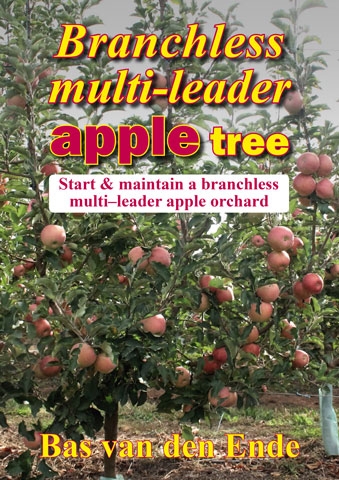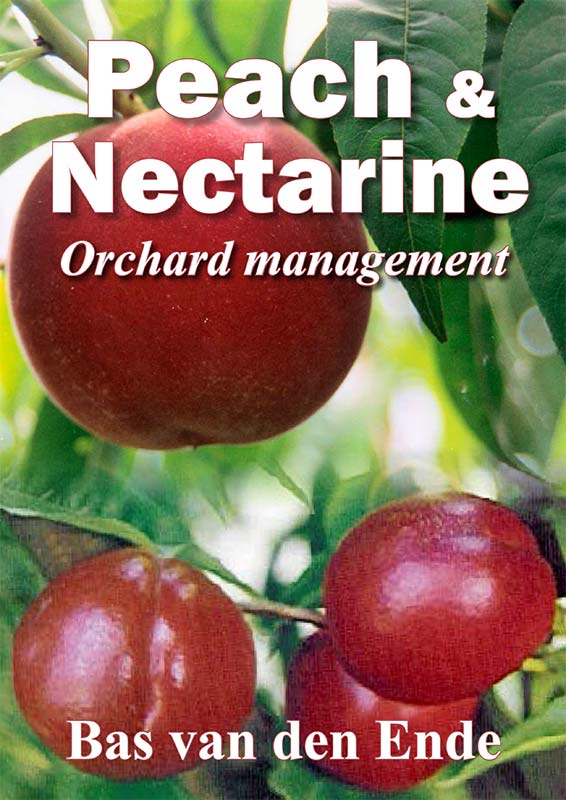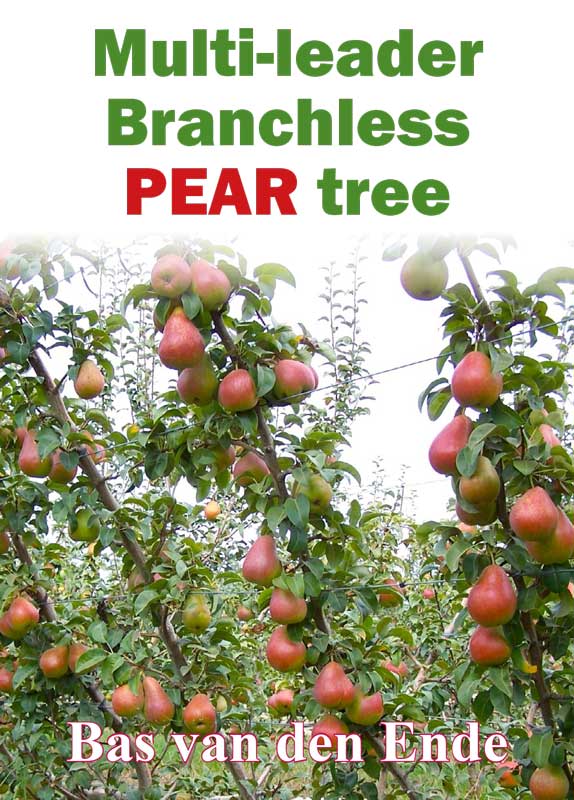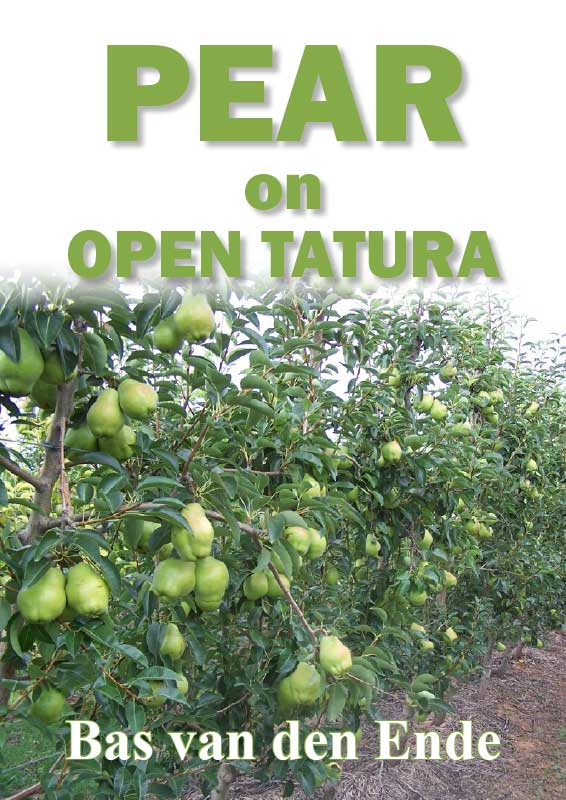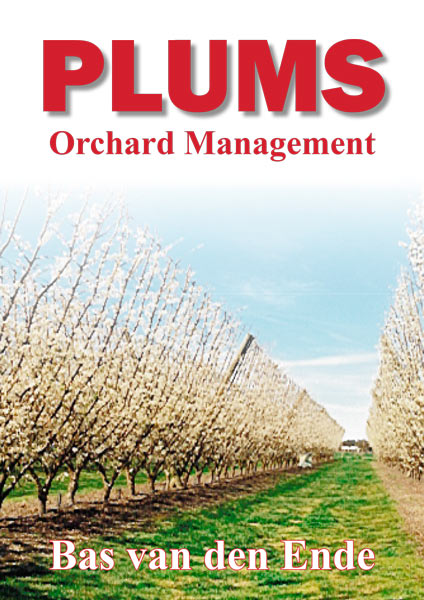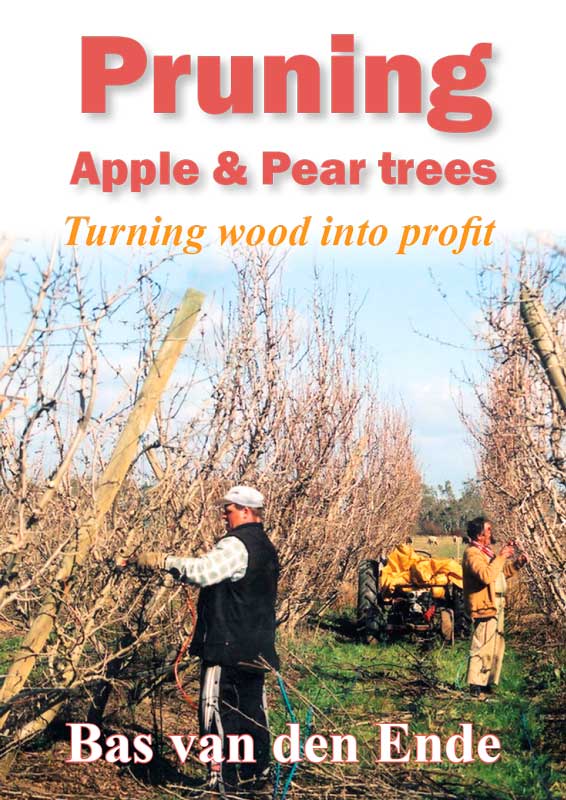Silver leaf occurs mainly on apples and stone fruit in all growing regions but is particularly common in areas that experience damp, humid conditions.
Infected trees will develop a silvery sheen which is caused by light shining through leaf cells that are damaged by toxins produced by the fungus.
Damage
Overall tree health declines, with reduced leaf area, poor root growth and low yields of poor-quality fruit that does not store well.
In storage, infected fruit is susceptible to decay caused by other secondary infections.
Apple and pear trees tolerate the disease better than stone fruit trees, which often die.
The disease can lead to an increased incidence of water core in apples.
Monitoring
Damp, overcast conditions can increase the incidence of silver leaf in orchards.
Particular attention to pruning wounds when these conditions are present is recommended. Other forms of wound sites such as from hail, could create infection sites for silver leaf and should be monitored regularly.
Management
Cultural and physical
Silver leaf can be controlled by careful pruning and using wound dressings. Winter pruning should be avoided, particularly on damp, overcast days.
Apply wound dressings as soon as possible after pruning and grafting to avoid infection.
Biological
There are currently no biological control options for this disease.
Download the Orchard plant protection guide
See this article in Tree Fruit May2020

